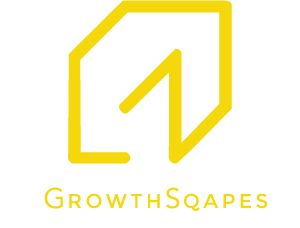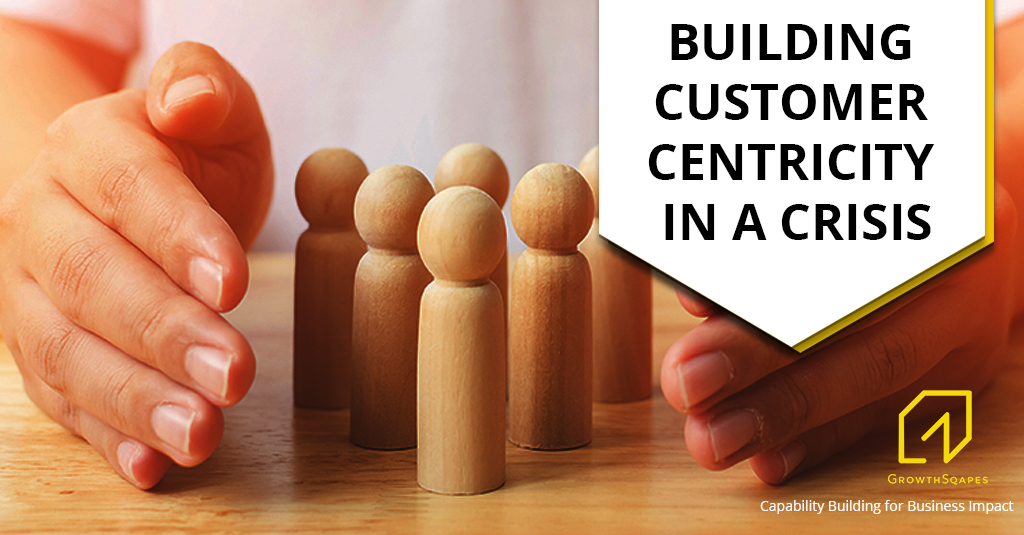It’s been more than four months since the current COVID 19 crisis caught us off guard and sent almost the entire world in a lockdown. A direct fallout of the lockdown has been a grinding halt to the world economy with a severe erosion of business and consumer confidence. As governments learn to deal with the crisis in several ways, businesses are realizing that getting new customers would be extremely challenging.
While we see governments taking steps and measures to ease lockdown and restart business activity , the corporate world is learning and embracing the fact that COVID 19 crisis is here to stay here for the near and medium term. However, as they prepare for the long haul, what is also brewing as a thought in the mind of organisations is –under a pandemic situation, which has created a new normal, how do organisations remain customer centric and continue to command customer loyalty?
Let’s look at 4 actions that organisations can take to remain centric to their customers’ needs in the new normal.
Reach out
In times of crisis, a helping hand is remembered for long. Reaching out to customers will be the first step towards delivering a message of customer centricity.
Anything that can alleviate the customer’s pain is a crucial one. Also, creative and novel ways of engagement are critical success factors. How organisations rationalise cost and reward loyal customers would be an important consideration to be made.
For example, introducing loyalty programs for existing and new customers is one natural way to go. Other ways can be loyalty points transfers, incentivising customers who have been with the company for a long time, deferring installment payments, a longer credit cycle or multiple ways of accepting payments.
Create and offer a digital experience
As more and more consumers spend more time online it is but obvious that they search for digital equivalents for in-person activities. Hence, organisations that would want to succeed must move quickly to accommodate the massive shift to digital channels to offer a digital experience. It’s highly likely that consumers will prefer to use many of these digital offerings even after the crisis hence slowly combining a in- person and digital experience (PHYGITAL) would be most effective. Many companies, from mobile carriers to food-delivery services, have made targeted investments to build or augment their digital capabilities. Several themes have emerged. Successful companies have used an agile, iterative approach and design thinking to identify new digital opportunities beyond their comfort zone.
Let’s take the example of Tesla, a brand known for raising the bar of customer experience. Tesla’s sustained commitment to reinventing the car-buying process using digital has proved especially prescient. Its state-of-the-art digital showroom and virtual user guide offer customers an immersive online experience, and the contactless car delivery is tailor-made for the current environment.To broaden its online reach in China, the carmaker partnered with Alibaba on a T-Mall online store. From December 2019 to March 2020, Tesla saw its sales in China double while other carmakers experienced a 50 percent drop over the same period.
Focus on health and safety
The Covid 19 pandemic’s massive health implications have made health and safety the most important concern for consumers. Therefore companies must keep these issues front of their minds as they plan their transitions to the next normal. Companies that are able to create a “contactless customer centric experience” will be able to pacify the customer’s concerns more effectively.
Take an example of India. Many companies in India have started transforming into a contactless safe delivery model. Walmart-owned Flipkart is in the process of hiring 4,000 people, Reliance Retail and Arvind Fashions are building processes for a surge in e-commerce and phone orders, and training manpower for safe contactless operations.
Process feedback fast
The increase in digital penetration also means that companies will have more dynamic feedback data at their fingertips pertaining to customer sentiment, experience and value. Companies that are more proactive and responsive in a real time basis to the feedback of customers will be able to harness their loyalties. At the same time, companies which will invest in technology and systems required to harness data and analytics tools to deliver exceptional customer experiences will command customer loyalty.
Let’s look at what an airline did. They developed a data-driven system using machine learning to predict and act on customer satisfaction and revenue performance. By taking actions based on predicted customer sentiment and outcomes, the airline was able to more effectively focus its effort on customers that were most at risk of defecting and achieved an 800 percent rise in customer satisfaction and a nearly 60 percent decrease in intent to churn.
Under the new normal, the customer experience landscape is evolving with each passing week. Companies which build capabilities to become more customer centric at this time will definitely stand out.
This blog has been written by Rupender Singh Khaira, Associate Partner at GrowthSqapes.

